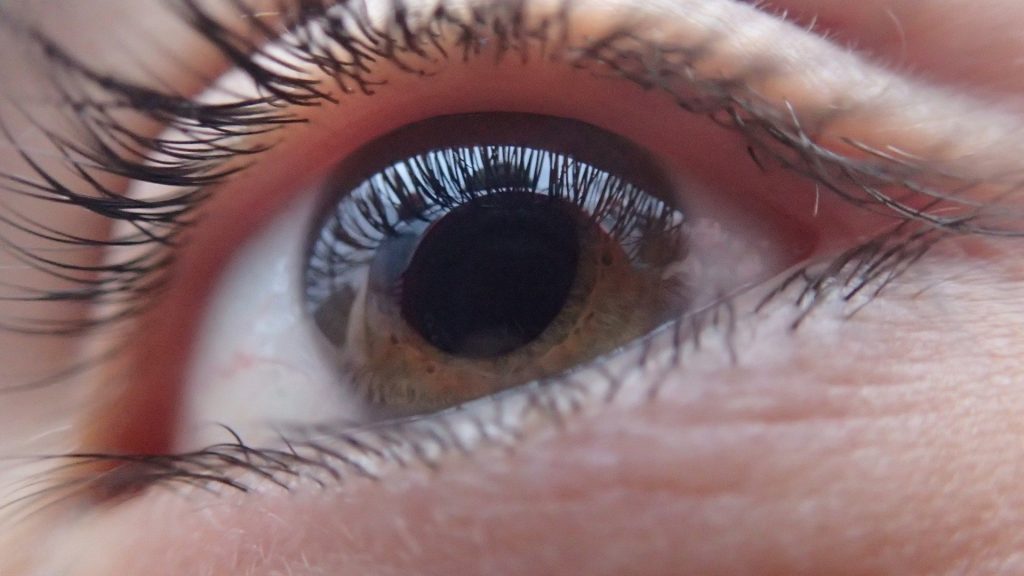Hi,
I want to share a few ophthalmology news that have caught my eye this week. As I’m working on ocular drug delivery systems, I’m always curious about what else is going on in the field. This week I learnt about:
A bestselling drug
Bayer’s recombinant fusion protein aflibercept (Eylea®) was reportedly the 2nd best selling drug of 2017 with a revenue of 8.2 billion $. Aflibercept is an anti-vascular endothelial growth factor that prevents excessive growth of new blood vessels. It is injected into the eyes of patients with certain retinal diseases. Its commercial success is likely due to the close to 100 million people globally suffering from age-related macular degeneration (AMD) and diabetic retinopathy.
A living cells transplant
Researchers from University of California Santa Barbara managed for the first time to transplant a sheet of living RPE cells into human eyes. The retinal pigment epithelial (RPE) cells were derived from human embryonic stem cells. The trial participants had late stage AMD, in which the RPE cells in the macula can’t fulfill their normal functions anymore and associated photoreceptors have been damaged already. The transplanted healthy cells are meant to take over the work, which consists in protecting and nourishing the photoreceptor cells that are vital to our vision. In the study, the transplant’s safety was established and one of the patients eyesight even improved.
Smart eye drops that cure you overnight
In another very impressive study, researchers from the University of British Columbia (Canada) developed a topical drug delivery system in the form of eye drops. The new formulation could significantly increase drug penetration deep into the eye. It consists of a cleverly designed hydrogel, which is loaded with drug-carrying nanoparticles and intended for treatment of glaucoma. Due to the special composition of the hydrogel, the formulation is liquid in its storage form and transforms into a gel upon contact with the eye surface. When applied just before bedtime, the formed gel lens would dissolve during 8 h to release the drug. In this way the researchers hope to achieve longer contact time of the formulation with the eye surface than in traditional eye drops.
An implant that gives you eagle eyes
Finally, I came across a product that could have sprung from the minds of the Black Mirror authors. It’s called the Bionic LensTM and is developed by Dr. Garth T. Webb and his company Ocumetics. I tried to learn more about the lens’ working principle from a few patents he has authored. The Bionic Lens seems to be a hollow plastic lens that contains channels to allow fluids to enter and exit the lens to adjust the focus length. It is intended to replace the natural clouded lens in cataract patients and claims to achieve up to 3 times superior vision to healthy eyes. Furthermore the lens will have the possibility to integrate micro-optics to project images directly onto the retina to be used for virtual reality applications. At the moment the lens is still in clinical trials, but it’s exciting and maybe even a little scary to think what the future might look like for us.
I hope you enjoyed this collection of news. If you have any questions or suggestions for topics you’d like me to cover in my posts, please leave me a comment below. You can also subscribe to receive my newest posts via email.
Till next time!

